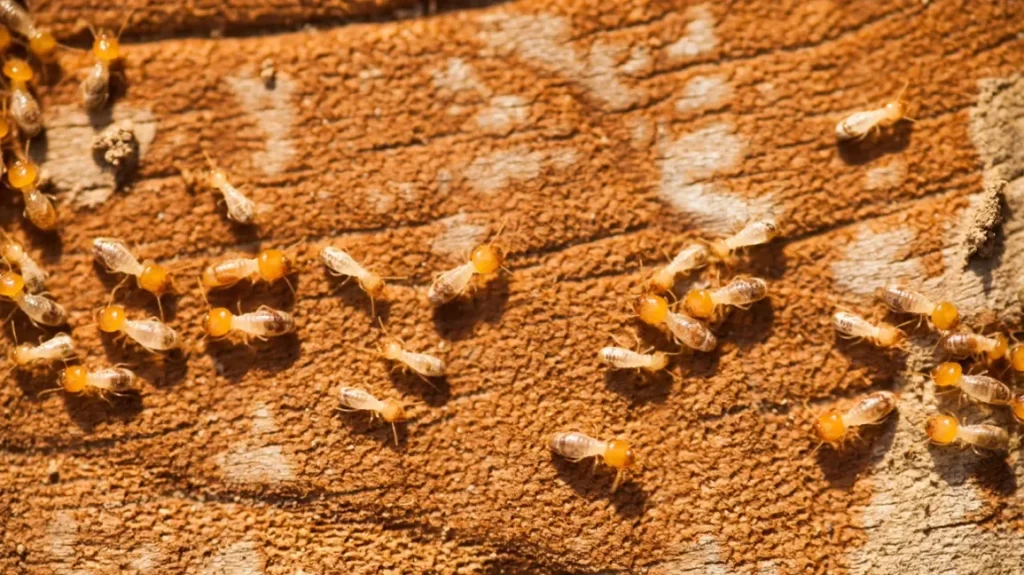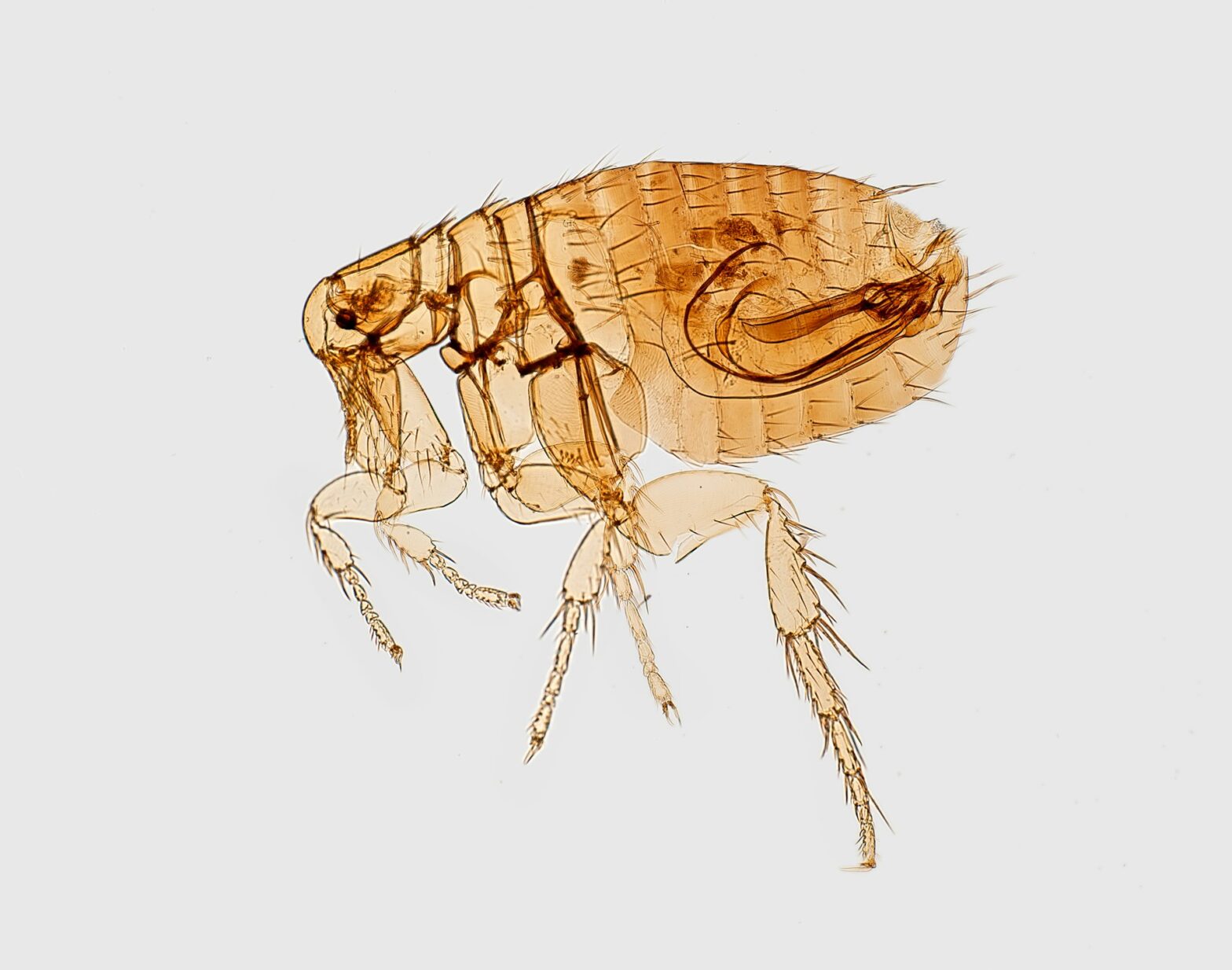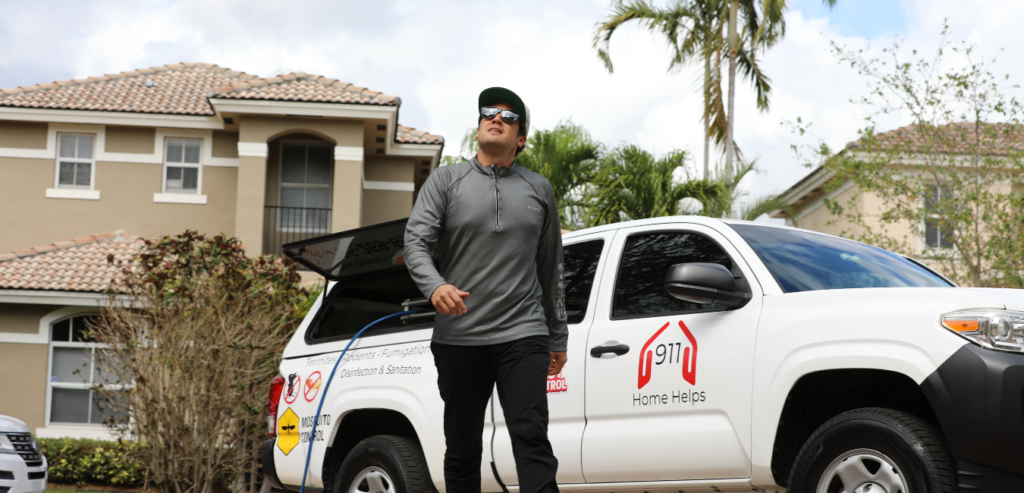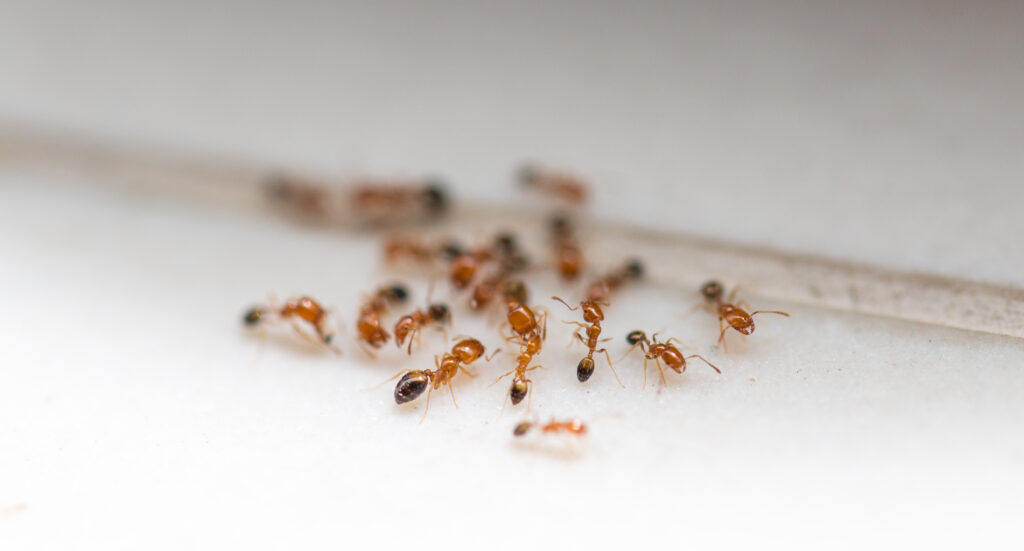Understanding what termites do, how they behave, and the signs they leave behind can help you make informed decisions before an infestation spirals out of control. From faint tapping sounds to subtle wood damage, the early clues may seem insignificant until they aren’t. In this article, we’ll walk you through the most critical indicators of termite activity, how to inspect your property, and when it’s time to seek professional help.
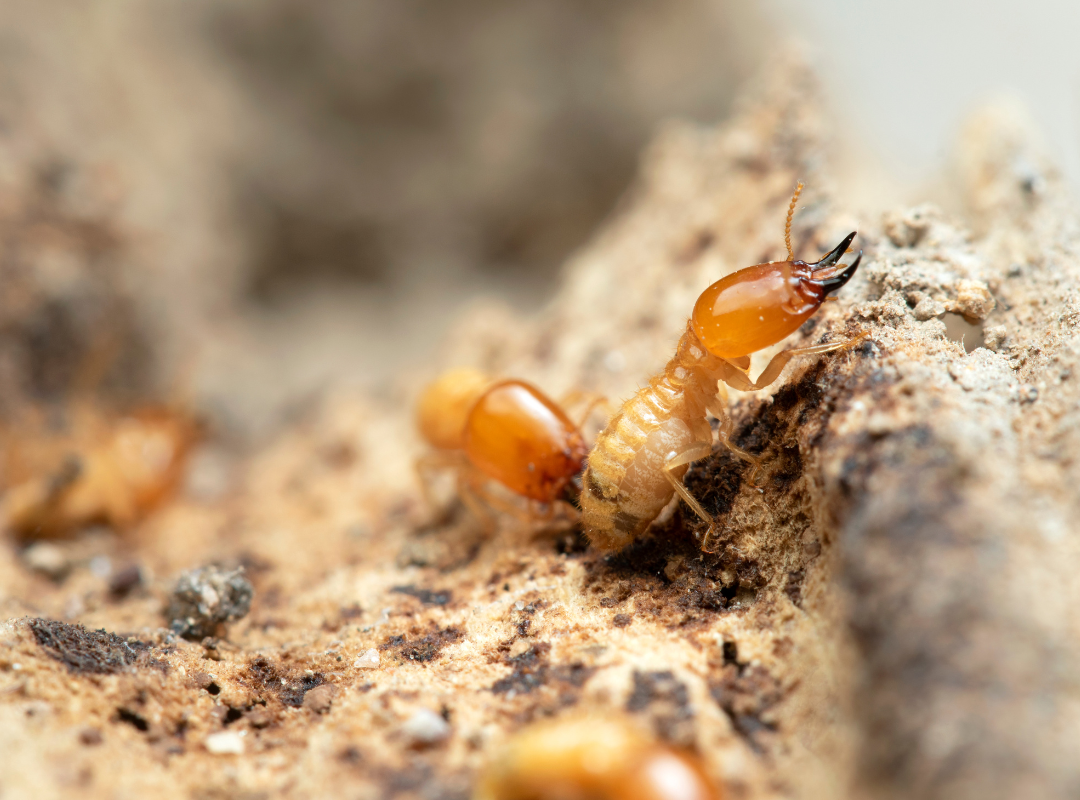
The Silent Damage Termites Cause
Termites feed on cellulose, a component found in wood, paper, and even drywall. This makes the bones of a home, its studs, subfloors, and trim, prime targets for a termite colony. What makes these pests especially dangerous is their ability to work silently, often buried deep within walls or under floorboards.
Subterranean termites, the most common type in many regions, build extensive colonies beneath the ground and access homes through mud tubes. Drywood termites, on the other hand, nest directly within wood and don’t need soil contact. Regardless of type, termites can cause significant internal damage before there’s any visible sign.
The real danger lies in their persistence. Colonies can contain thousands, even millions, of workers chewing nonstop, 24 hours a day. Over time, this constant feeding can hollow out structural supports, leading to sagging floors, warped wood, and in extreme cases, unsafe living conditions.
Most Common Termite Warning Signs
Spotting early termite warning signs can prevent a full-blown infestation. While the damage is often hidden behind walls or under surfaces, there are several visible and audible clues that homeowners should be familiar with.
- Mud Tubes: Thin, pencil-width tunnels of soil and debris running along foundations or walls, often used by subterranean termites.
- Discarded Wings: Found near windows, doors, or light sources. These are signs of swarmers, winged termites looking to establish new colonies.
- Wood Damage: Hollow-sounding wood, blistering, or visible tunnels carved inside beams or floorboards.
- Frass: Tiny pellet-like droppings left behind by drywood termites. These often resemble sawdust or coffee grounds.
- Bubbling or Peeling Paint: May indicate moisture buildup caused by termite activity underneath the surface.
These signs don’t always appear together. Noticing even one should prompt a closer investigation and, ideally, a professional inspection to rule out or confirm active infestation.
Less Obvious Signs to Watch
Some termite clues are much harder to spot and can be mistaken for unrelated household problems. Yet these subtle signs may be the only indicators you get before more serious damage develops.
Faint clicking or tapping sounds coming from within the walls may be caused by soldier termites signaling danger. Doors and windows that suddenly become difficult to open or close could be due to internal warping from wood being eaten. Sagging or uneven floors are another warning, especially if there’s no clear cause like water damage.
Sometimes, unexplained paint bubbling or drywall discoloration occurs where no plumbing issue exists. Small holes in wood trim or baseboards may also indicate points where termites have pushed out frass or created exit holes.
Knowing what to look for early in the season can help you avoid costly outcomes. To better understand the impact of timing and prevention, check out these tips on preparing for termite season.
How to Perform a Termite Inspection at Home
While professional inspections are recommended, homeowners can perform basic checks to look for early termite warning signs. Conduct these self-inspections a few times a year, especially during spring and summer when termite activity tends to increase.
- Inspect the foundation for mud tubes or any soft or warped wood along the base of your home.
- Examine outdoor structures like decks, sheds, and fences, particularly where wood meets the soil.
- Check attics and crawl spaces for signs of drywood termite frass or hollow-sounding support beams.
- Test wood surfaces inside your home by tapping gently to detect areas that feel spongy or echo.
- Look for wing piles or damaged window frames, especially near baseboards, vents, or hidden crevices.
Though these checks are helpful, they may not uncover hidden colonies or structural risk. In such cases, having a professional assess the situation provides a more reliable evaluation. For context on when homeowners should act, read more about dealing with termite troubles.
When to Seek Professional Help
Even if you only notice one or two termite warning signs, it’s often a sign of a larger issue beneath the surface. While DIY products might eliminate visible termites, they rarely reach the heart of the infestation. Incomplete treatment often leads to reinfestation or ongoing damage that progresses without notice.
Professional termite control services offer a strategic approach. Experts know how to identify the species involved, assess the extent of damage, and choose the most effective, targeted treatment. They also help seal entry points and offer preventative solutions that limit future risk.
Having your home inspected by a trained eye brings peace of mind and can often save thousands in repairs. Termite management isn’t just about stopping what you see, it’s about eliminating what’s hidden.
If you’ve spotted signs of termite activity or want to ensure your home is protected, don’t wait for damage to spread. Contact 911 Home Helps for expert inspections and proven termite treatment solutions.
